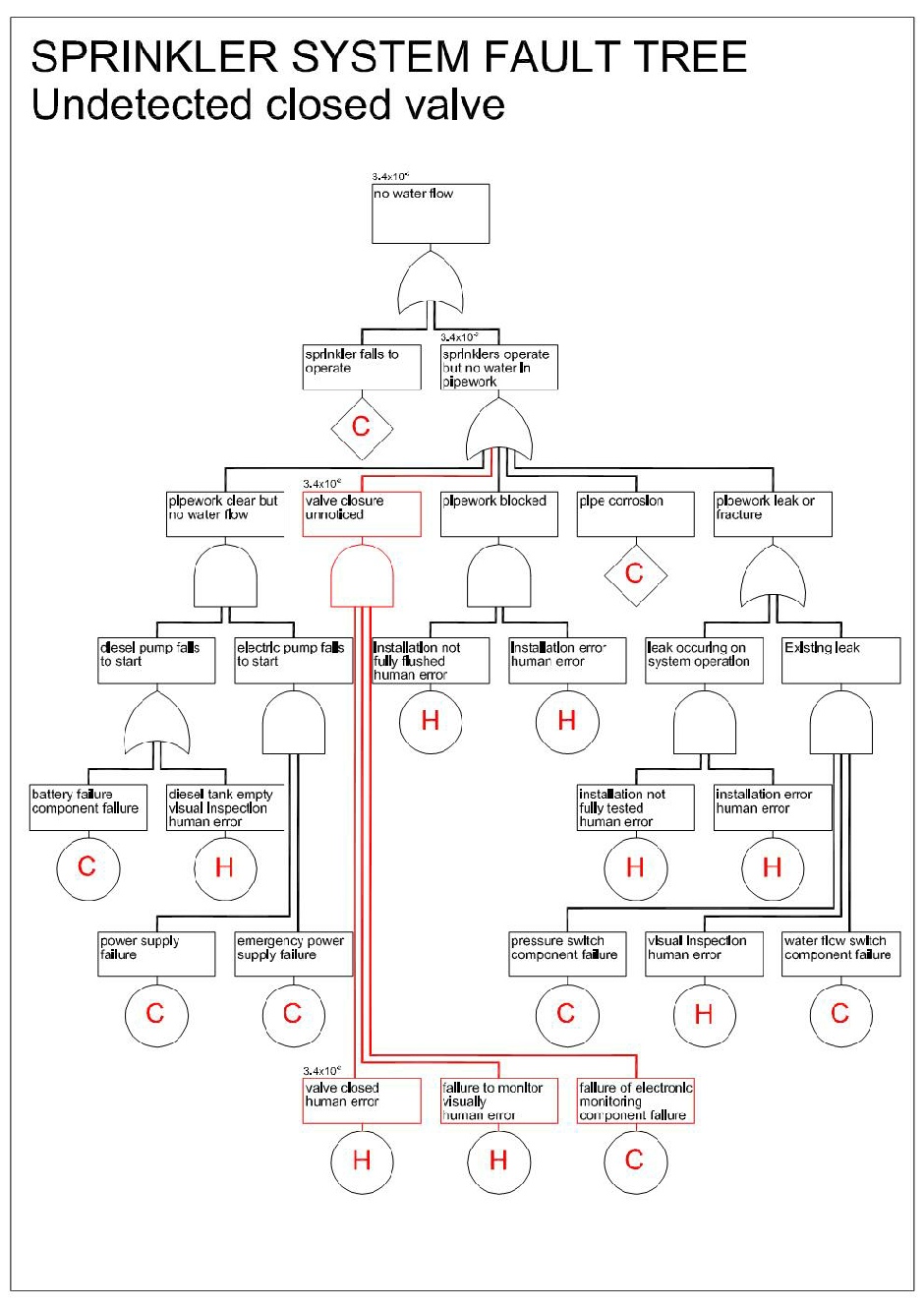Fire Risk Engineers Ltd
Risk Management
Fire Risk Assessment Assessments
All Building Types
Design Consultation
Fire Strategies
Feasibility Studies
Fire Protection Design
Fire Detection Design
Peer Review
Tender Preparation
Equipment Specification
Project Management
Site Inspection
Risk
It is claimed 99% of all risk studies conclude that better training and maintenance is required.
This page does not cover fire risk assessment of premises, click here if that’s what you’re looking for.
Risk Assessment and Management
 Fire Risk Engineers Ltd have qualifications and experience of risk assessment and management at the highest level.
Fire Risk Engineers Ltd have qualifications and experience of risk assessment and management at the highest level.
Our principal fire engineer has assessed premises from private dwellings and simple commercial enterprises to complex, sprawling, high hazard, oil and gas facilities.
Is RISK a science?
The simple answer is its developed into a science, to keep pace with advances in technology.
The means of risk assessment will naturally scale up when working on a large building site or in the case of fires in buildings, when the occupants are less likely to notice the early signs of fire.
Some terminology
There are 3 levels of risk assessment:
 Qualitative assessment can be carried out by a competent person with qualified experience and a good understanding of prescriptive regulations, for example means of escape from a building.
Qualitative assessment can be carried out by a competent person with qualified experience and a good understanding of prescriptive regulations, for example means of escape from a building.
Quantitative risk assessment, such as CFD requires numerical calculations, for example to estimate radiant heat impingement on an escape route.
Semi-
 ALARP As Low As Reasonably Practicable was developed by the UK HSE, providing a structured method to decide if risk reduction measures are adequate. Proving ALARP is often assisted by carrying out Cost Benefit Analysis (CBA) to help the responsible person decide if further risk measures are justified, or grossly disproportionate to the benefit.
ALARP As Low As Reasonably Practicable was developed by the UK HSE, providing a structured method to decide if risk reduction measures are adequate. Proving ALARP is often assisted by carrying out Cost Benefit Analysis (CBA) to help the responsible person decide if further risk measures are justified, or grossly disproportionate to the benefit.
In a world moving from prescriptive to performance based solutions, ALARP is an ideal instrument to measure and monitor compliance.
Why is it so complicated
Safety management systems were developed to improve reliability, and have been tried and tested for more than half a century, in nuclear, aerospace, and manufacturing industries so its not surprising there are so many systems, which have grown arms and legs.
But the terminology can be confusing.
When looking at the chance of an incident occurring, frequency, is a common term, whereas others use likelihood or probability.
Likelihood is the easiest term to adopt, although when carrying out a quantifiable assessment, frequency may be more appropriate to make a judgement.
Then there is the measure of how significant the accident or incident may be. Are you looking at the consequence, or trying to estimate the severity or the impact.
Likelihood is instantly recognisable although requires knowledge and experience
Frequency requires some knowledge of incident rates
Probability requires taking known incident rates and projecting them into the future.
Likelihood ≈ Frequency ≈ Probability
Consequence ≈ Severity ≈ Impact
Risk Matrix
Above is a basic 3 x 3 qualitative risk matrix used to evaluate the level of risk in premises when carrying out a fire risk assessment.
 Above is a more complex 5 x 5 matrix which will provide a more accurate prediction in experienced hands.
Above is a more complex 5 x 5 matrix which will provide a more accurate prediction in experienced hands.
Numeric values can be assigned to the categories resulting in semi-
For further accuracy, consideration could be given to the magnitude of value, for example if consequence levels are assigned numbers 1 through to 5, would a difference between likely and unlikely be accurately reflected by a difference of 2 digits.
Fault tree analysis (FTA)
The following is an example of analysis carried out to establish the probability of failure of fire sprinkler system.
The FTA includes potential failures with their estimated failure rates, and the probability of an undetected closed valve in a sprinkler system.
The above type of analysis can be used to predict the likelihood of failure across a group of systems, provided the input data is accurate.
A very brief history
The UK government enforced ‘The Management of Health and Safety at Work Regulations 1992’ on 1st of January 1993, including the term ‘risk assessment’.
This law introduced all encompassing requirements for employers and the self-
This was reinforced by ‘The Construction (Design and Management) Regulations 1994’ enforced on 31st March 1995, introducing a ‘health and safety plan’.
At the time, the introduction of the new safety measures seemed to be slow.
It was still possible to walk on many building sites with little or no PPE or any site induction, for some time.
Many companies for years afterwards, dealt with what they regarded as ‘Health and Safety, gone mad’ by developing generic risk assessment forms, which they simply copied on every project, the only change being the project name and address.
But this was a time when the safety culture began to change.
Although many requirements now seem common sense, at the time, certainly in the construction industry those sweeping reforms were not accompanied with any financial support, access to information was more limited, and it was presumably expected that the industry would simply sort itself out.
Nonetheless, safety in the UK has undoubtedly improved.
Based on HSE statistics the number of fatal injuries on construction sites across Great Britain halved between 1990 and 2000; and non fatal accidents followed a similar trajectory, maintaining a downward trend.
UK HSE Website
| Contact |
| Competency |
| projects |
| About |








